In recent weeks nearby papers the Wollondilly Advertiser, the Camden Advertiser and the Macquarie Advertiser in NSW have run a series of articles on Voluntary Assisted Dying Choice. Most of them have been in support. The one exception, as we might expect, is from the Catholic Bishop Ingham of Wollongong. His opinion piece may be found here. http://www.wollondillyadvertiser.com.au/story/4842391/euthanasia-bishop-says-theres-no-need/
This is my response.
So Bishop Ingham believes advances in palliative care and pain management should negate the argument for the option for a dying patient, facing futile unnecessary suffering, to have a choice to end that suffering.
He does not say so, but we can assume he is adhering to the Catholic doctrine that suffering can be redemptive.
Nurse Barnes disputes the Bishop’s claim!
“My name is Jen Barnes and I am a nurse of 40 years. I’ve seen a lot of deaths and some of them have been far from ideal. Now I have a terminal illness. It’s an aggressive form of brain cancer and I know that it can lead to a very undignified death.
I don’t want to die. No-one wants to die.
Palliative care is very good but I know that it doesn’t work for everybody. If it comes to it, I will want another option. [Voluntary Assisted Dying]
It’s very important to me to have control of my destiny.”
(Abridged) Source: http://www.stopvictorianssuffering.org.au/petition_jen_barnes
Equally important, the Bishop’s claim about palliative care is not supported by Palliative Care’s own data; Inpatients during the terminal phase of their terminal illness: 4.2% report severe distress from breathing problems, 4.6% severe distress from fatigue, and 2.6% report severe distress from pain.
Experience in Oregon, USA, with assisted dying choice for 20 years, shows repeatedly that paradoxically many patients live longer when given the ‘green light’ for assistance. It is palliative in its own right. It is voluntary – the patient has to rationally and repeatedly ask for this assistance.
The issue is all about choice. Not a choice between life and death, but a choice between two ways of dying. Bishop Ingham is entitled to not request assistance for himself, but should not be entitled to use his position to deny other Australians their right to choose.
Governor Jerry Brown of California sums up the option very succinctly. Gov. Brown is a committed Catholic, who had formerly trained as a Jesuit, and as Governor he actually had the right to veto a California Bill allowing voluntary assisted dying.
Instead, in a very rational and compassionate letter, he concluded –
“In the end, I was left to reflect on what I would want in the face of my own death. I do not know what I would do if I were dying in prolonged and excruciating pain. I am certain, however, that it would be a comfort to be able to consider the options afforded by this bill. And I wouldn’t deny that right to others.”
Readers may note that Gov. Brown received support for signing this Bill from Archbishop Emeritus Desmond Tutu, one of the world’s most esteemed religious leaders.
Ian Wood 11.8.2017
 The successful vote is announced by the Speaker.
The successful vote is announced by the Speaker.
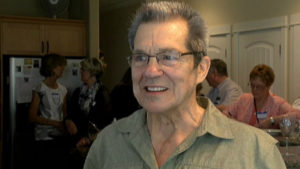

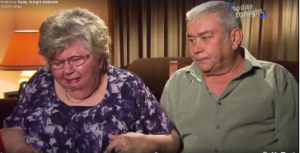
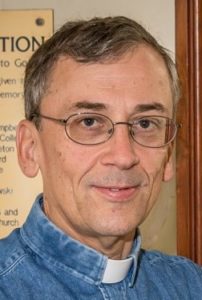
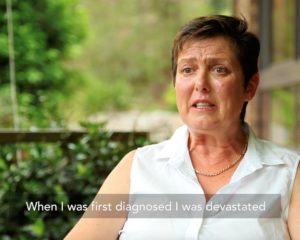
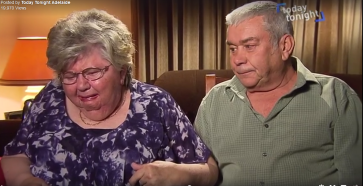 Link to
Link to